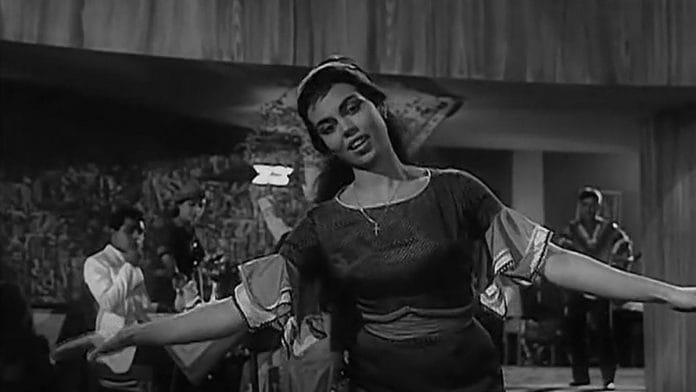She shimmied with Shashi Kapoor in Juari, danced with wild abandon alongside Shammi Kapoor in Singapore, got Raj Kapoor hot under the collar in Ek Dil Sau Afsane, and even took a punch from Kumkum while pulling off a heist in the Sanjeev Kumar-starrer Smuggler. In total, Edwina Violette lit up the screen—in short, bright flashes— in some 200 films during the 1950s and 1960s.
“I could have become the second Helen because of so many, many chances given to me,” she would write later in author Madhulika Liddle’s blog series on her. A husband, four children, and a move to the UK changed her course. But even if she was a ‘background dancer and ‘extra’ throughout her career, she was hard to miss.
A YouTube channel dedicated to Edwina has racked up over 30 million views and nearly 75,000 subscribers, showcasing lovingly compiled scenes of her boogeying, rock-and-rolling, twisting, and even delivering the occasional line in movies.
In his 2015 book Edwina: An Unsung Bollywood Dancer of the Golden Era, Professor Surjit Singh said that not only could Edwina have reached Helen’s heights, but “could have been a great choreographer too, if she had so chosen”.
Yet, despite fans often commenting on video clips that they wished they could have seen more of her, the Anglo-Indian-Iraqi performer wasn’t one to dwell on regrets.
“I never pretended to be somebody I wasn’t or somebody I never wanted to be. I took the path I wanted to take and have no regrets whatsoever,” wrote Edwina, who died in February at the age of 82.
Also Read: Singer Mubarak Begum went from poverty to Bollywood & Lollywood. Then her ‘wings were cut’
An eclectic upbringing
Edwina Violette—affectionately called Edu—was born on 22 July 1941 to John Lyons, an Anglo-Indian soldier of Irish and English descent, and Elizabeth, an Iraqi Catholic raised in a convent. She was the youngest of several siblings, and with so many kids in the house, her parents would switch to Arabic whenever they wanted to keep their conversations secret. That’s until the children cracked the code and turned it into just another family dialect.
While Edwina grew up with a strict Convent school education, she always had a rebellious streak. She had a zero-tolerance policy for bullying, even from teachers.
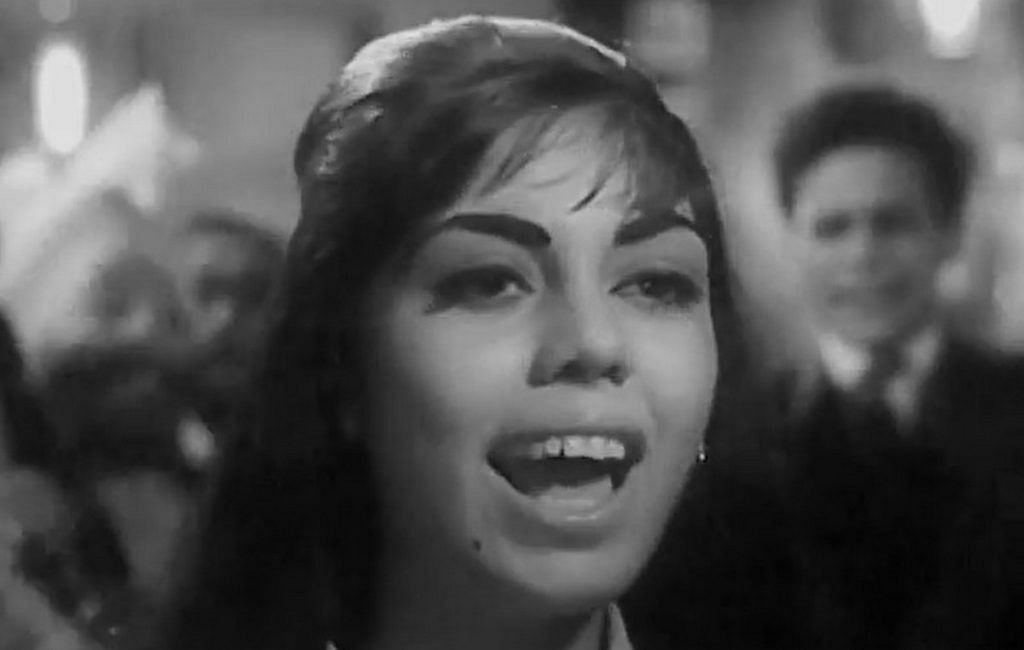
One such incident, described in Surjit Singh’s book, involved a stern science teacher, Mrs. Fernandes, who wrongly accused Edwina of throwing chalk at her. When Mrs. Fernandes charged at her, Edwina pushed the teacher out of a low window onto the balcony, breaking her glasses. Terrified of being expelled, Edwina explained everything to the principal and was spared. Years later, Edwina’s niece Patricia faced the same harsh teacher, and the redoubtable Edwina had to step in again.
In images of Edwina, one of the first things that catches the eye is her creative hairstyles in an era dominated by rigid, sculptural bouffants. Known for her “mad” and unique ‘dos, she often put half of her hair up and left the rest down. She prided herself on never using hair extensions.
“(I) always did my own stupid hair styles,” she wrote. “I mainly put half up and left the rest down because it became quite a weight… Yes it was all my very own and quite difficult to manage.”
Tangled in this hair is one unforgettable memory of her 13th birthday, when her sister Marie surprised her with a trendy ‘Sabrina Cut’ made famous by Audrey Hepburn. This short, layered hairstyle with bangs—akin to the ‘Sadhana cut’ made popular in India by Love in Simla in the 1960s— was the antithesis of Edwina’s cherished ponytails and braids, and remained a sore point between the sisters for years.
A stumble into films
Around the time she finished school, Edwina’s father fell ill and couldn’t work. Two of her siblings were already working as chorus dancers in films, and one was doing bit parts. Edwina often accompanied them to the sets, leading to her appearances in Poonam (1952) and Faraar (1955).
Although she was just in her teens, Edwina fudged her age to get an office job at Glaxo Laboratories, where she met her future husband, Keith. After Glaxo discovered her true age and let her go, she decided to pursue a film career with her family’s support, despite Keith’s reluctance.
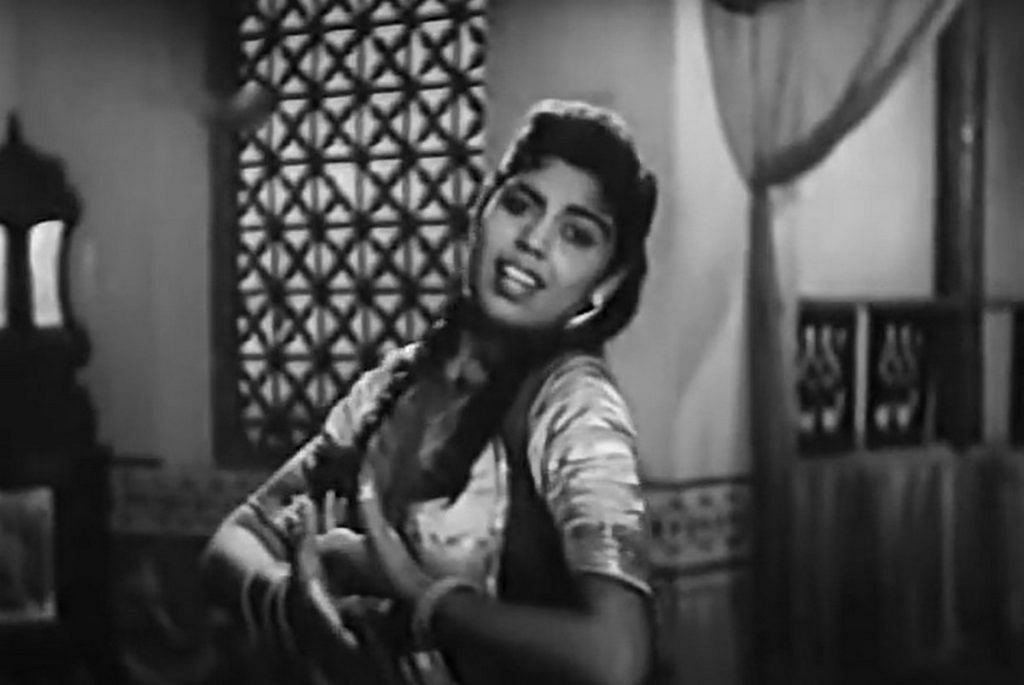
Edwina started working in Hindi films regularly around 1957, appearing in dances and doing small roles until 1967. In 1959, she was credited as ‘Edveena’ in Tere Ghar Ke Samne.
The following year, she appeared in Vazir-e-Azam (1961), where her graceful solo performance to ‘Kahe Kya Nazar Se Nazar’, sung by Geeta Dutt, would become one of her career highlights.
Even during gaps in her career, such as pregnancies or a four-month stay in the UK, she continued to flourish with roles in films like Kaise Kahun (1964) and Cha Cha Cha (1964), where she was finally credited as Edwina.
Also Read: Helen’s glorious, glamorous vamp career had a recurring theme—death
‘Queen’ Helen, a proposal from Mehmood
Group dancers were essential for dance sequences but were often treated as secondary to the stars and main cast, with little interaction between the two groups. Nevertheless, Edwina has spoken about many cherished memories and friendships from her time in the industry.
One of her favourite performances was in the song ‘Sanam Tu Chal’ from Maya (1961), where she wore a Kasta, a traditional dress of Maharashtra, and danced alongside Helen, whom she admired greatly but also had a few reservations about.
“I used to think the world of Helen when I was in the line but yes I did notice that… the fame was going to her head,” Edwina would recall later. “She did walk onto the sets like the Queen of Sheba.”
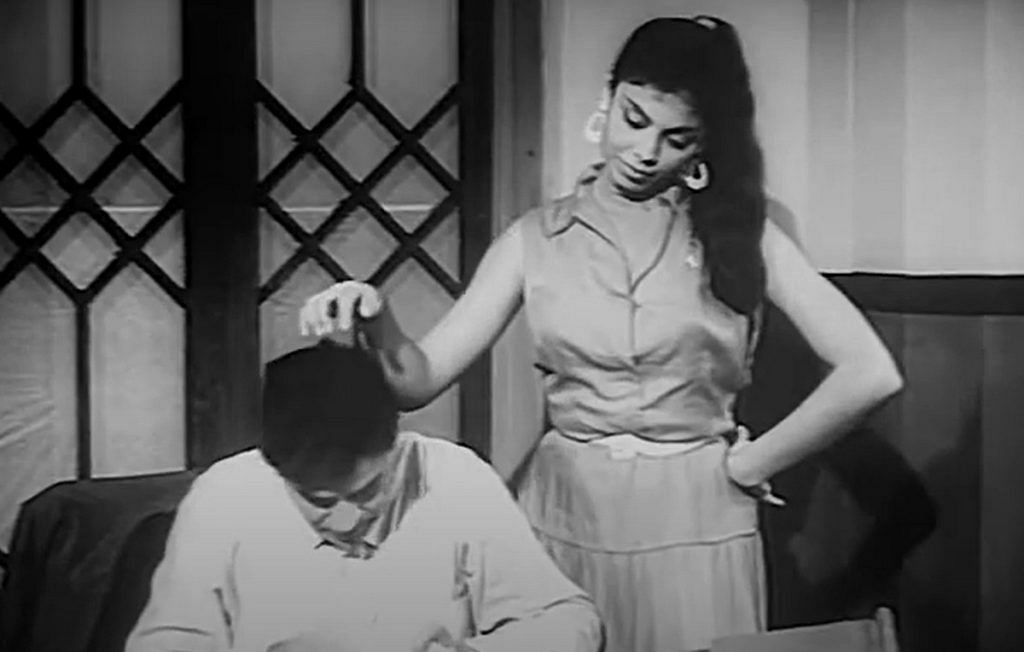
Possibly Edwina’s most memorable moment involved the beloved actor Mehmood. He once unexpectedly proposed to her, saying, “Edu, will you marry me?” Edwina, already engaged to Keith, declined, and Mehmood graciously accepted her decision. Later, during a visit to Shree Studios while she was pregnant, Mehmood offered her money to fly back to the UK where her husband was. Though touched by his generosity, Edwina politely declined.
She also shared a friendly bond with actors like Mala Sinha and Tanuja. Sinha, Edwina recounted, even invited her into her home and requested the choreographer Satyanarayan to create dances specifically for her.
Producer and director Shakti Samanta recognised Edwina’s talent early on, giving her opportunities that allowed her to carve a distinct niche in the industry. She also got a chance to work with legendary choreographer Saroj Khan—one of the high points in Edwina’s career.
No regrets, but ‘not fair’
Being an Anglo-Indian brought its own set of challenges for Edwina and her fellow dancers — often labelled as “forward” and “easy” with rampant ogling and catcalling. But Violette, as Singh writes in his book, showed many such men their place – earning her a reputation of being a “terror”.
One such incident involved the famous dance director Satyanarayan, who once gave Violette a ride home. When he ignored her request to stop at her destination, she threatened to jump out of the moving car, forcing him to stop. In Edwina’s words — the locals in her Byculla neighbourhood, a tight-knit Muslim community that looked out for their own, would have intervened had she jumped.
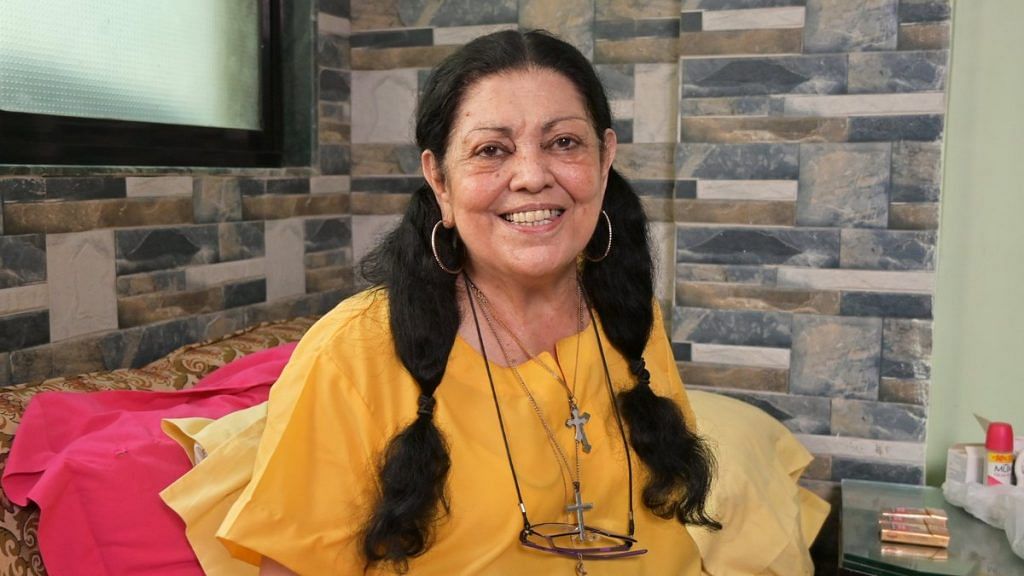
Marriage and motherhood also came with big demands.
“My husband hated me dancing and being handled by other men, especially in films, because in those days women got a bad reputation for earning a living by dancing,” she’d recall in Liddle’s blog. “But it was OK if a woman sat on the boss’s lap in an office; seemed more becoming.”
When her husband Keith moved to the UK in 1967, Edwina joined him with their children, ending her career in films.
It wasn’t an easy decision, but there seemed to be no other option. She’d later profess she was not looking for fame or fortune, but simply to keep on doing something she loved.
“Till today, it has been a mental struggle. My career was not important,” she wrote. “No regrets, mind you, but still not fair, eh?”
(Edited by Asavari Singh)



